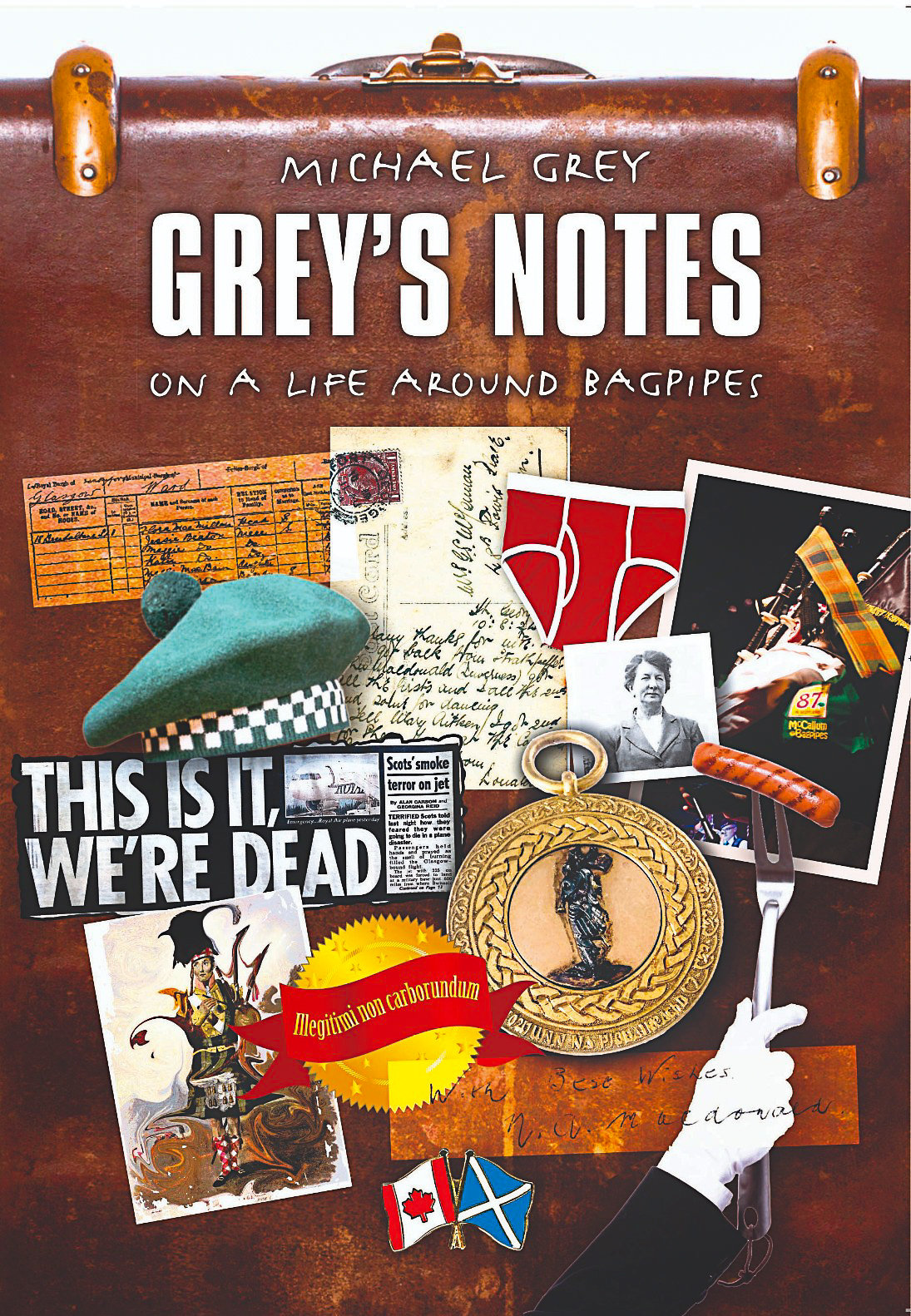Gaelic College Fiddles with the Great Highland Bagpipe
December 14, 2011 on 12:50 pm by Michael Grey | In Music, News, Whinges | Comments Off on Gaelic College Fiddles with the Great Highland BagpipeCape Breton is surely a beautiful part of the world – in the summer, anyway. I’ve spent a good few summer weeks in the past teaching at the Gaelic College of Celtic Arts and Crafts in St. Ann’s. Happy times, for sure, with a hundred kids or so running up and down the hills with their chanter and pipes and plans aplenty for pranking (mostly) suspecting teaching staff. Though “from away”, as they say in CB, my time at the GC gifted me some truly great memories, lifelong friends and some modest insight into how things “go” in that part of the world.
While fiddling is the musical backbone of Cape Breton music it was always, strangely, one of the least subscribed GC teaching streams. Along with weaving, step-dancing and Gaelic language, fiddling was usually a “one-table” class. Highland dancers and pipers made up the vast majority of those in the lunch hour fish-stick queue, filling up multiple classrooms, teaching huts and basement practice rooms.
Odd to me (and that upper case “O” would stand even without kicking off a sentence) that the new leadership of the GC, namely Rodney MacDonald – himself a terrific fiddler – should give the big welly boot hoof to piping and, seemingly, Highland dancing. Gone from the curriculum is Great Highland Bagpipe music as played around the world and in its place something called “Cape Breton piping” or “kitchen piping”.
I can guess what is meant by “Cape Breton piping”: it’s essentially bagpipe music that evokes the fiddle and, some might say, the sounds of Gaelic language. But “kitchen piping”? Kitchen piping as we know it today are words used in the wider piping world to describe showy, usually newish, music performed in an informal setting – like the kitchen (hello!). While “kitchen piping” may’ve been a phrase used for eons it’s only been in the last 20 years or so that the phrase has gained any general currency. I’ve never heard it used synonymous with bagpiping in CB.
The best player of piping in the CB style that I know is John MacLean, an old friend who now lives outside of Halifax. John’s Dad was a fiddler but John’s bagpiping was developed in a world of rich history and strong musical discipline: the competitive bagpipe world. I think back to the comment made to me this past summer by the great South Uist piper Rona Lightfoot, “you can’t make much music without some technique”. John MacLean is an example of a piper with strong technique that has easily adapted to the piping-fiddle style needed for supporting music for dancing, or “square sets”. I can tell you: of the relatively few pipers with connections to CB, John MacLean’s technical excellence is not common.
From my earliest experience journeying through CB I could feel a strong sense of the bagpipe as made for steerage and the fiddle first class. Yes, CB experienced great luck in landing expert old-school (nineteenth century) pipers on her shores, but that excellence was never sustained. Perhaps the fiddle co-opted the greatness of the old pipers. Certainly without bagpipe music the Cape Breton fiddle repertoire is but a hollow stump. And not just old bagpipe music: we commonly hear the brilliance of “competitive military-style pipers” throughout the CB fiddle repertoire: “Kintara to el Arish” (William Fergusson, 7th H.L.I), “Inverary Castle” and “John MacDonald of Glencoe (Willie Lawrie, Argyll & Sutherland Highlanders), “John Morrison, Assynt House”, “The Conundrum” (Peter R MacLeod, Scottish Rifles) – this to name but a tiny few.
There’s great glory and tradition and, dare I say, Gaelic-ness to today’s “competitive” bagpipe music. It’s a rich, lively tradition with huge vibrancy. It evolves. It moves forward. It influences, even CB fiddlers – whether they know it or not.
A shame the GC has sought to look further inward as the institution, assumedly, seeks to grow and move forward and be acknowledged as relevant both to CB pipers — and those beyond the Causeway.
St Ann smoke signals suggest this is unlikely.
M.
No Comments yet
Sorry, the comment form is closed at this time.
Dunaber is using WordPress customized and designed by Yoann Le Goff from A Eneb Productions.
 Entries and comments
feeds.
Valid XHTML and CSS.
Entries and comments
feeds.
Valid XHTML and CSS.



